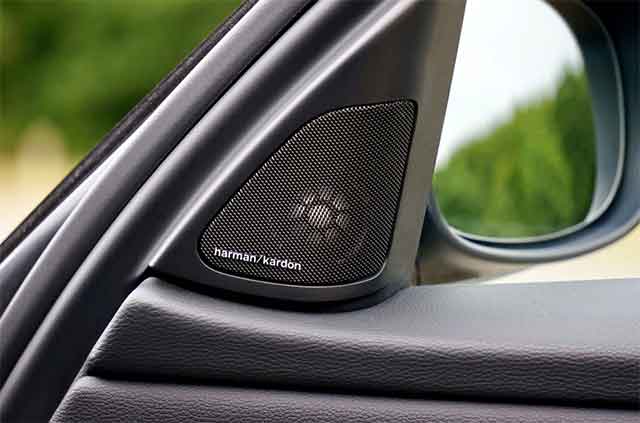The speakers in your car or truck may be in dire need of a major upgrade unless you have a newer model that was equipped with quality sound at the factory. There are several reasons to replace your factory automobile speakers with aftermarket ones, whether they are beginning to fail or were never that good to begin with.

Installing direct replacement aftermarket speakers can be an excellent option to improve your sound quality without breaking the bank. The biggest reason against replacing speakers is their cost. Even though component speakers can be pricey, you’ll notice a boost in sound quality if you upgrade.
Your original speakers should be the first thing to go if you’re wanting to update your car’s audio system. Using your original speakers with a high-end head unit and amplifier can severely limit the potential of your dream system.

Direct replacement speakers may not be the best option for you if you’re looking for a replacement. Investing in high-quality component speakers and at least one subwoofer is the greatest way to maximise your new custom car stereo system’s potential.
The sound quality of component speakers cannot be surpassed by aftermarket speakers, but this is not always the case.
If you’re on a tight budget but want to get the most out of your factory sound system, consider upgrading the speakers first. This is a fancy way of saying that each speaker has a single driver and can reproduce the whole audio spectrum. Most OEM systems employ full-range speakers to achieve this level of clarity.
Full-range speakers have the advantage of being less expensive and taking up less space than separate component speakers. However, you may wind up with a muddy sound as a result of this. The contrast in sound quality between full-range automobile speakers and those with multiple drivers or individual component speakers, such as two-way or three-way speakers, is astounding.

Engineered and constructed with better materials, premium aftermarket speakers are also superior to OEM speakers. Foam and paper surrounds are common in manufactured speakers, however they degrade over time. Speaker surrounds lose their ability to provide high-quality sound when they begin to degrade over time. Rubber surrounds are commonly used in high-quality aftermarket speakers because they are more durable and allow for better bass output.
There are some aftermarket devices that have cones constructed of denser materials as well. As a result, a high-quality aftermarket speaker often produces stronger bass reproduction than a comparable sized OEM speaker. Replacement of outdated original speakers with new ones often improves sound quality, even if you don’t have the money to buy high-quality two- or three-way speakers.
With component speakers, you’re more likely to run into space and mounting issues than with factory speakers. Even if you replace four factory coaxial speakers with some combination of left, right, and rear-channel component speakers, you won’t be able to fit the new speakers inside their original enclosures.
Even if you use aftermarket coaxial speakers, you may run into a space issue. Purchases of identically sized new speakers might be possible, but there’s no guarantee.
When it comes to speaker size, 6-inch-by-9-inch is a typical one, which measures the speaker’s length and width. However, because the depths of 6-by-9 speakers vary, some models may not be suitable for all applications. It is necessary to consult a fit guide before you change your car speakers because some models have a large amount of tweeter protrusion above the basic mounting height.
Overall, depending on your aim it could either be worth the upgrade or not. If you are willing to take the time to search for suitable sound systems for your car and are after improving the overall sound quality of the speakers then it is possibly worth the upgrade.